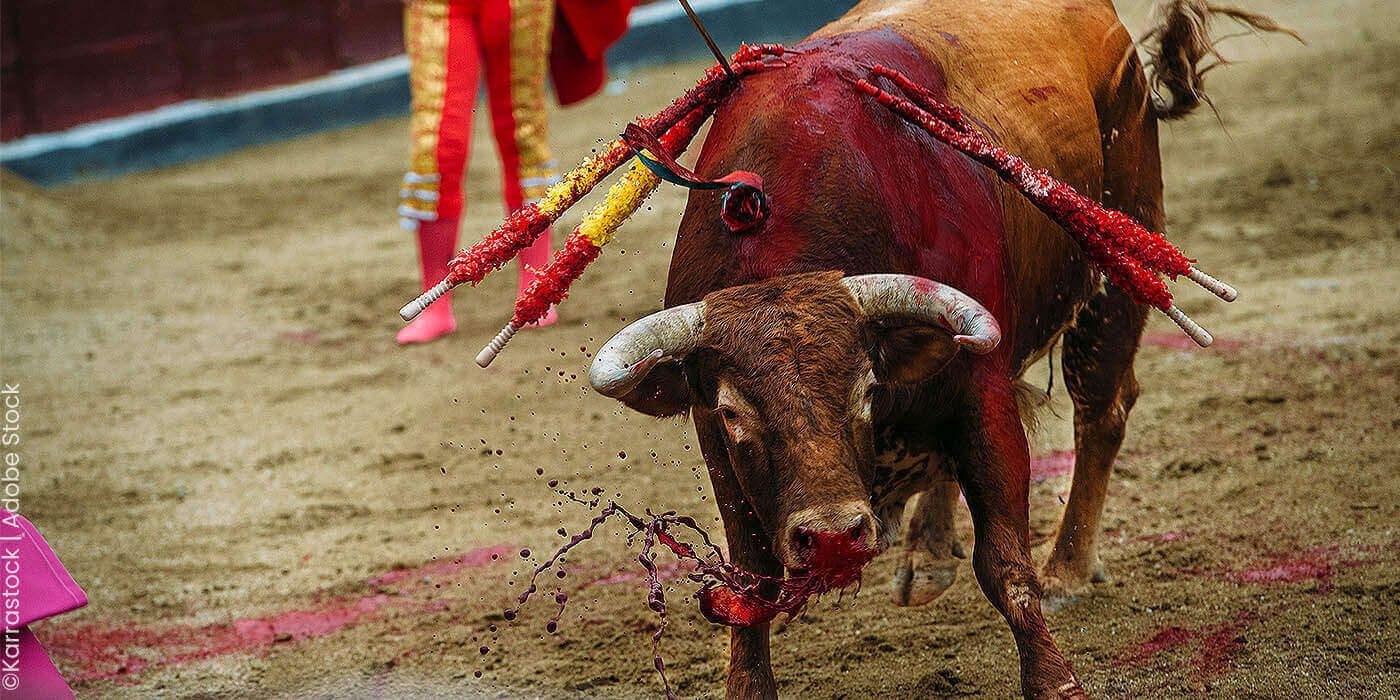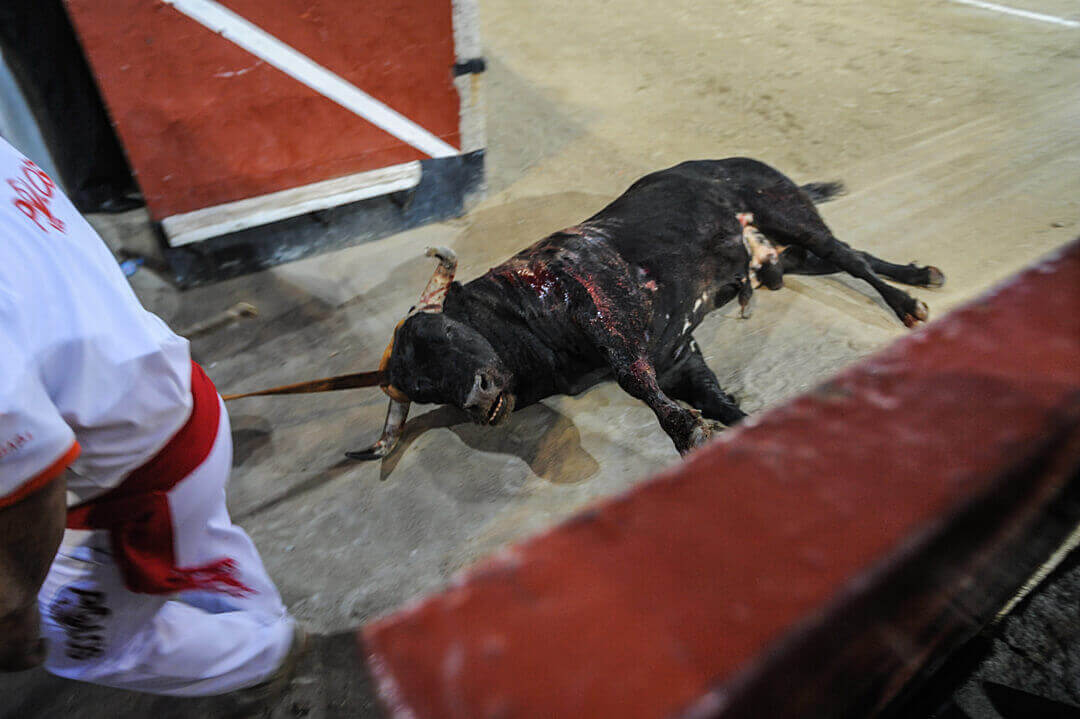Take Action to End Bullfighting
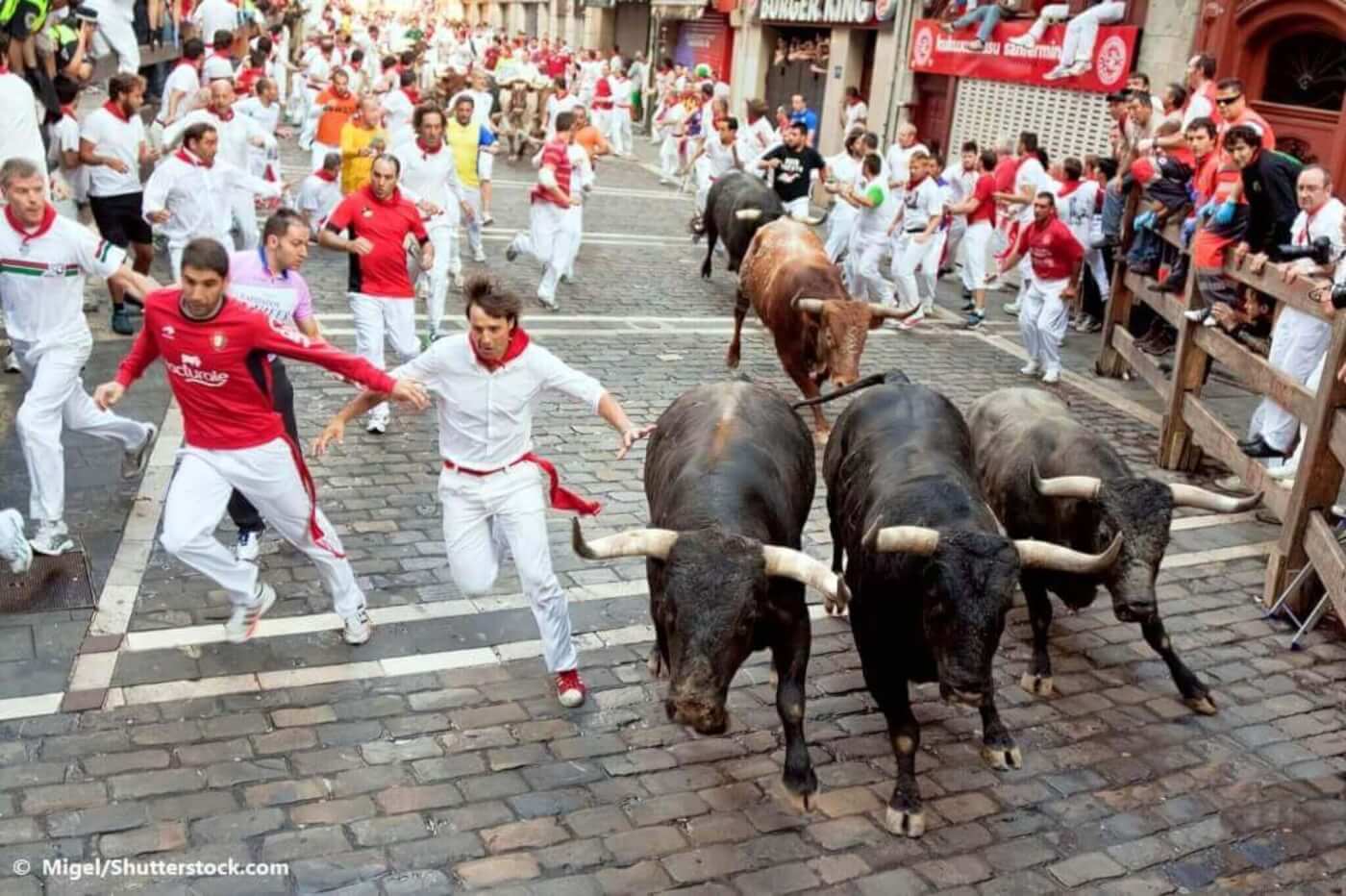
It’s devastating to acknowledge that the barbaric tradition of bullfighting persists into 2024. Despite global condemnation, these gruesome spectacles continue to plague seven countries: Ecuador, France, Mexico, Peru, Portugal, Spain, and Venezuela.
Before a bull enters the ring, he endures almost unimaginable suffering. Separated from his herd, he faces a journey to an unfamiliar place, and stress and anxiety often result in significant weight loss, up to 66 pounds (30 kilograms). Even before the bull sets foot in the arena, he’s pierced in the back with a barbed harpoon called a divisa.
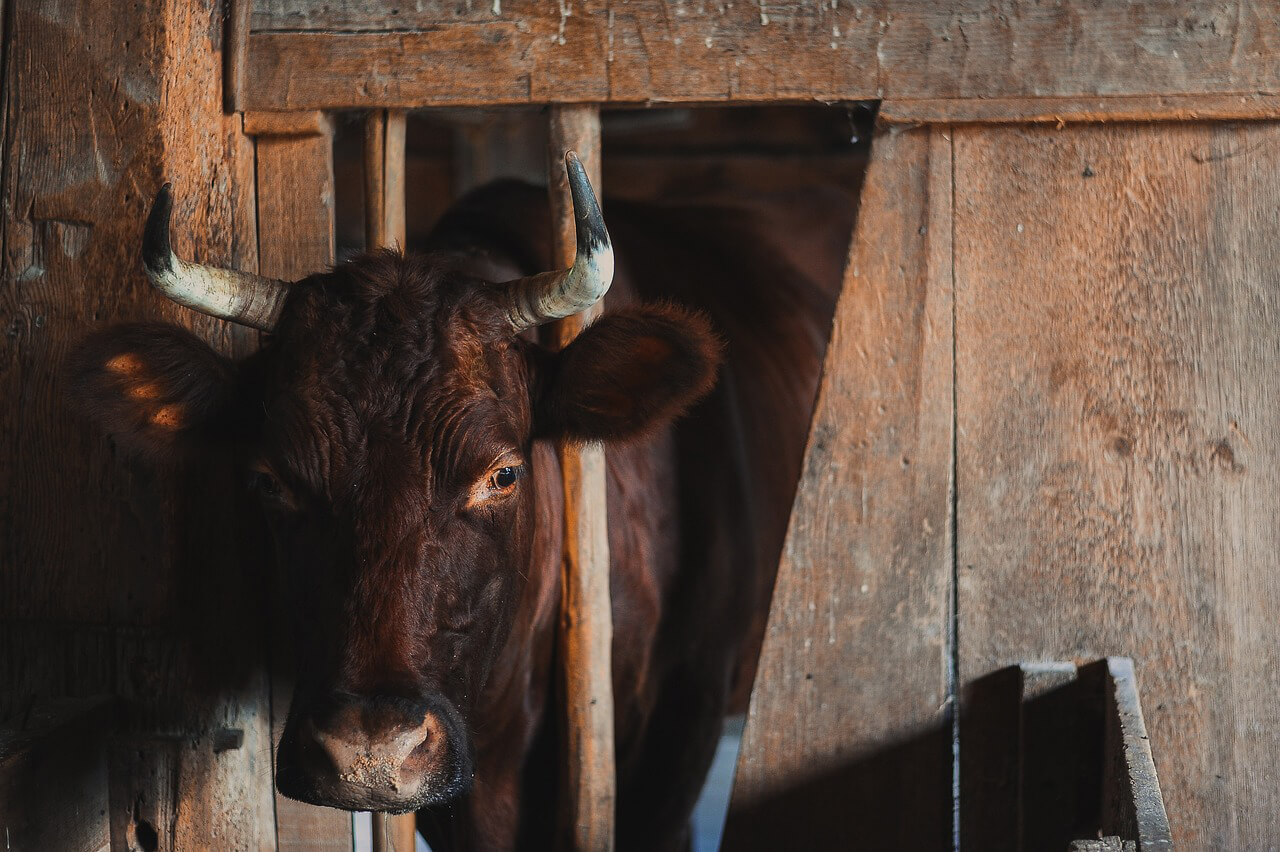
Once inside, he undergoes three phases of torment. During the first phase, known as the tercio de varas, horse-mounted picadors drive spears into the bull’s back and neck muscles, preventing him from raising his head and charging. In addition, they twist the spears to maximize blood loss, sometimes up to 6 liters. In the second phase, known as the banderillas, the already weakened bull is stabbed with six barbed harpoons in the same area where he had previously been injured.
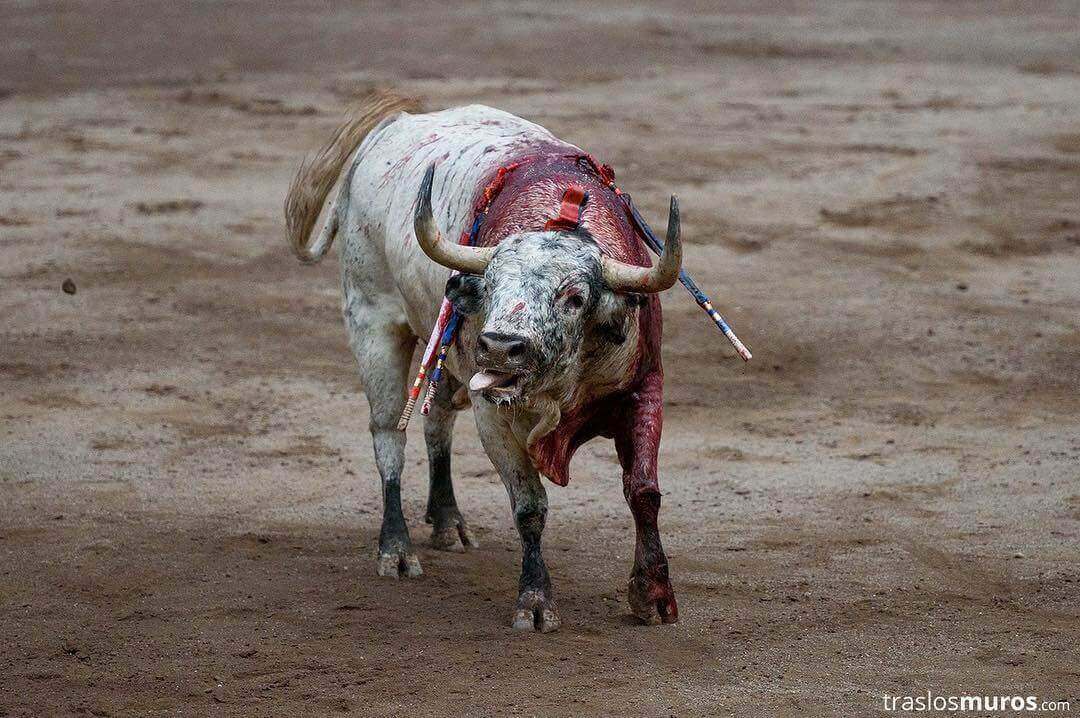
In the third and final phase, the muerte, the matador enters to end the life of the exhausted and dying bull. After provoking weak charges from the animal, the matador attempts to kill him with a sword called the estoque, thrusting it repeatedly into his back. But the bull often doesn’t die at this point. The matador then uses another sword, called the verduguillo, to try to sever his spinal cord, sometimes requiring multiple attempts. Once on the ground and unable to move, the bull might be stabbed one or multiple times behind the head with a dagger called the puntilla. If the matador misses and only mutilates the bull further, the conscious but paralyzed animal may be dragged out of the ring still suffering. In a final act of barbarism, his ears and tail are often cut off as “trophies.”
Attitudes toward bullfighting are shifting. In Spain, 84% of young people don’t support bullfighting, and 73% of Mexicans consider it animal abuse. While progress has been made—over 125 cities in Spain and various Mexican states have imposed bans—the work to help bulls isn’t over. Bullfighting continues, and it’s up to us to end this archaic practice.
Please commit to boycotting bullfights, joining local protests against them, and educating others about the cruelty behind these events. Together, we can make a difference and put an end to bullfighting.
PETA makes it quick and easy to take multiple actions to end the blood sport. As soon as you take one action, another one will appear in its place. You can speak up through all of them!
